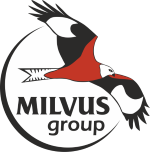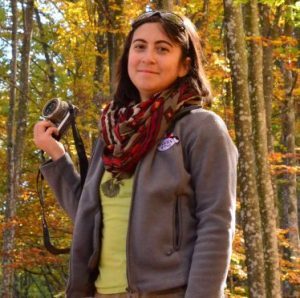The Red-footed Falcons will soon return from migration. They have a long way to go as they are coming all the way from Africa. During this period, we are making sure that the artificial nesting boxes set up especially for them are ready for nesting. There are about 70 nests located in Livada de Bihor, which is part of the Valea Alceului Natura 2000 area. In this area we have already been monitoring their colony for 25 years. This artificial nest provides excellent protection for the eggs and chicks and contributes significantly to conservation actions, but when got wet they dry out much more slowly than the natural ones made of branches. Red-footed Falcons, like all falcon species, do not build nests, and because of deforestation and disturbing rookeries where the falcons usually nest the species no longer finds suitable nesting territories. This is why we have intervened to conserve the species with specific measures, and the installation of artificial nests has brought benefits.





So, with the help of volunteers, we checked these nests. Some needed repairs, others we cleaned and replaced gravel to ensure good nesting conditions. Even though we spent the Easter holidays working, we were also rewarded with eggs, with some nests already having residents. Along with Red-footed Falcons, about 30 pairs of Common Kestrels nest here, and for them the breeding period has already begun. In addition to the eggs laid by kestrels, there were also some nests where we found the eggs of Long-eared Owls, which seem to also enjoy these artificial nests.


































